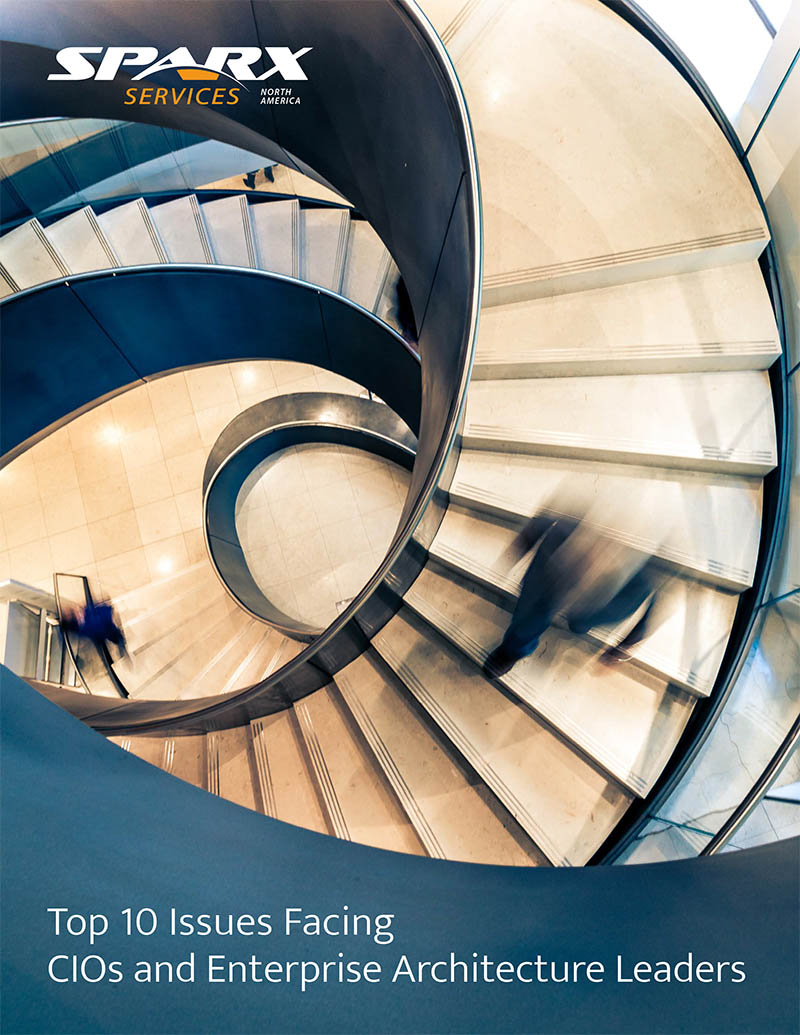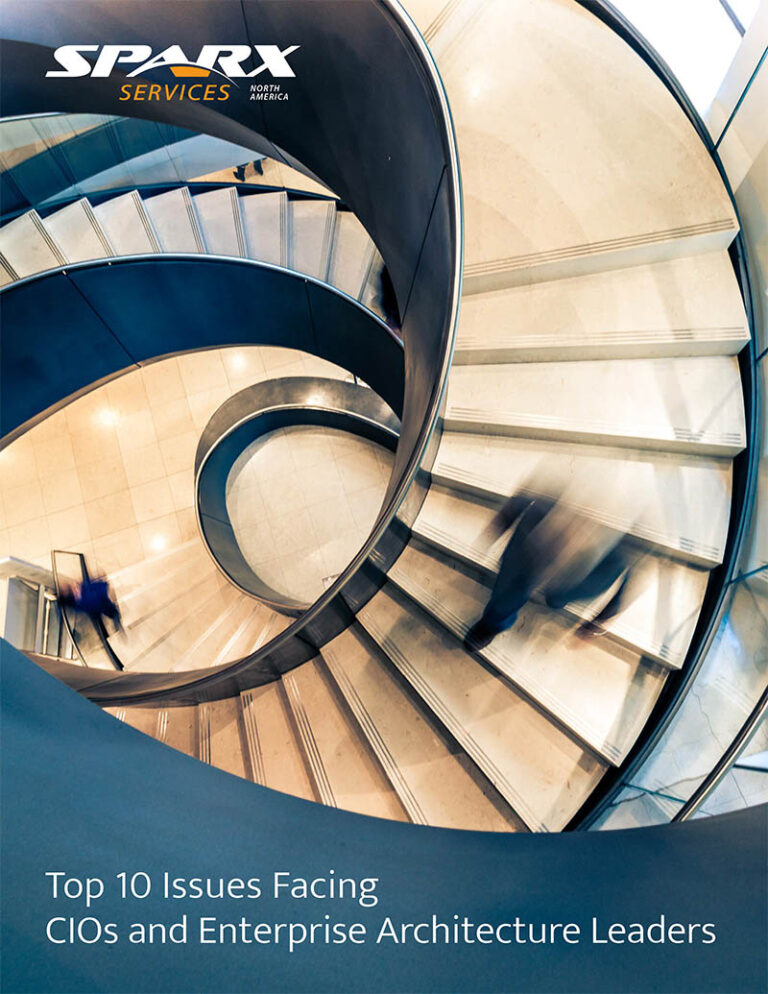What is the role of Enterprise Architects in Acquisition Integration?
Enterprise Architects support acquisition integration by facilitating the smooth integration of the acquired company’s technology assets, processes, and systems into the acquiring organization’s Enterprise Architecture. They contribute their expertise in aligning business and technology to ensure a seamless transition and maximize the value derived from the acquisition. Here are the key responsibilities of Enterprise Architects in acquisition integration:
Due Diligence and Assessment
Enterprise Architects participate in the due diligence process to assess the technology landscape of the target company. They evaluate the compatibility of the acquired company’s technology assets, applications, data, and infrastructure with the acquiring organization’s Enterprise Architecture. Architects identify areas of synergy, potential challenges, and risks associated with integrating the technology assets.
Integration Strategy and Planning
Enterprise Architects develop an integration strategy and roadmap that outlines the steps and activities required to integrate the acquired technology assets into the existing Enterprise Architecture. They collaborate with business and IT stakeholders to define integration goals, prioritize activities, and establish a timeline for the integration process. Architects ensure that the integration plan aligns with the strategic objectives of the acquiring organization.
Enterprise Architects participate in the due diligence process to assess the technology landscape of the target company. They evaluate the compatibility of the acquired company’s technology assets, applications, data, and infrastructure with the acquiring organization’s Enterprise Architecture. Architects identify areas of synergy, potential challenges, and risks associated with integrating the technology assets.
Integration Strategy and Planning
Enterprise Architects develop an integration strategy and roadmap that outlines the steps and activities required to integrate the acquired technology assets into the existing Enterprise Architecture. They collaborate with business and IT stakeholders to define integration goals, prioritize activities, and establish a timeline for the integration process. Architects ensure that the integration plan aligns with the strategic objectives of the acquiring organization.

Alignment with Enterprise Architecture
Enterprise Architects assess the impact of the acquisition on the existing Enterprise Architecture. They identify areas where adjustments or enhancements to the architecture may be necessary to accommodate the acquired technology assets. Architects work with IT teams to align the acquired applications, data, and infrastructure with the Enterprise Architecture, ensuring consistency, interoperability, and adherence to architectural principles and standards.
Enterprise Architects assess the impact of the acquisition on the existing Enterprise Architecture. They identify areas where adjustments or enhancements to the architecture may be necessary to accommodate the acquired technology assets. Architects work with IT teams to align the acquired applications, data, and infrastructure with the Enterprise Architecture, ensuring consistency, interoperability, and adherence to architectural principles and standards.
Application and Data Integration
Enterprise Architects oversee the integration of acquired applications and data into the acquiring organization’s technology landscape. They collaborate with application and data architects to assess integration options, define data migration strategies, and ensure seamless interoperability between systems. Architects address challenges such as data mapping, data cleansing, data governance, and integration interfaces to facilitate a smooth transition.
Enterprise Architects oversee the integration of acquired applications and data into the acquiring organization’s technology landscape. They collaborate with application and data architects to assess integration options, define data migration strategies, and ensure seamless interoperability between systems. Architects address challenges such as data mapping, data cleansing, data governance, and integration interfaces to facilitate a smooth transition.
Infrastructure Integration
Enterprise Architects play a role in integrating the acquired company’s technology infrastructure with the acquiring organization’s infrastructure. They evaluate the compatibility of networks, servers, storage, and other infrastructure components. Architects collaborate with infrastructure teams to define integration strategies, address connectivity requirements, and optimize the infrastructure to support the merged organization’s needs.
Enterprise Architects play a role in integrating the acquired company’s technology infrastructure with the acquiring organization’s infrastructure. They evaluate the compatibility of networks, servers, storage, and other infrastructure components. Architects collaborate with infrastructure teams to define integration strategies, address connectivity requirements, and optimize the infrastructure to support the merged organization’s needs.
Security and Risk Management
Enterprise Architects assess the security risks associated with the acquisition and guide the implementation of appropriate security measures. They evaluate the acquired company’s security controls, policies, and compliance requirements. Architects work with security teams to develop a unified security strategy, address vulnerabilities, and ensure the protection of data and systems during the integration process.
Enterprise Architects assess the security risks associated with the acquisition and guide the implementation of appropriate security measures. They evaluate the acquired company’s security controls, policies, and compliance requirements. Architects work with security teams to develop a unified security strategy, address vulnerabilities, and ensure the protection of data and systems during the integration process.

Change Management and Communication
Enterprise Architects contribute to change management efforts during acquisition integration. They assist in communicating the integration plans, impacts, and benefits to stakeholders, both within the acquired company and the acquiring organization. Architects provide guidance and support to IT teams, business units, and employees affected by the integration, facilitating a smooth transition and minimizing disruptions.
Governance and Compliance
Enterprise Architects ensure that the integration activities comply with regulatory requirements, industry standards, and internal governance policies. They establish governance mechanisms to oversee the integration process, conduct reviews, and ensure adherence to architectural principles and standards. Architects work with legal and compliance teams to address any regulatory or legal implications associated with the acquisition.
Enterprise Architects contribute to change management efforts during acquisition integration. They assist in communicating the integration plans, impacts, and benefits to stakeholders, both within the acquired company and the acquiring organization. Architects provide guidance and support to IT teams, business units, and employees affected by the integration, facilitating a smooth transition and minimizing disruptions.
Governance and Compliance
Enterprise Architects ensure that the integration activities comply with regulatory requirements, industry standards, and internal governance policies. They establish governance mechanisms to oversee the integration process, conduct reviews, and ensure adherence to architectural principles and standards. Architects work with legal and compliance teams to address any regulatory or legal implications associated with the acquisition.
Continuous Improvement
Enterprise Architects analyze the outcomes and lessons learned from the acquisition integration process. They identify opportunities for process improvements, scalability enhancements, and increased efficiency in future integration efforts. Architects contribute to the development of best practices and guidelines for future acquisition integrations, ensuring the organization can effectively leverage acquired technology assets.
By leveraging their expertise in Enterprise Architecture, Enterprise Architects play a vital role in ensuring the successful integration of acquired technology assets and business operations. They guide the alignment of technology systems, processes, and infrastructure, facilitate effective communication and change management, and mitigate risks associated with the integration process. Enterprise Architects enable the acquiring organization to derive maximum value from the acquisition and achieve a seamless integration within the Enterprise Architecture.
Enterprise Architects analyze the outcomes and lessons learned from the acquisition integration process. They identify opportunities for process improvements, scalability enhancements, and increased efficiency in future integration efforts. Architects contribute to the development of best practices and guidelines for future acquisition integrations, ensuring the organization can effectively leverage acquired technology assets.
By leveraging their expertise in Enterprise Architecture, Enterprise Architects play a vital role in ensuring the successful integration of acquired technology assets and business operations. They guide the alignment of technology systems, processes, and infrastructure, facilitate effective communication and change management, and mitigate risks associated with the integration process. Enterprise Architects enable the acquiring organization to derive maximum value from the acquisition and achieve a seamless integration within the Enterprise Architecture.

Learn More
To learn more about the Sparx Architecture Platform and services available from Sparx Services North America…








